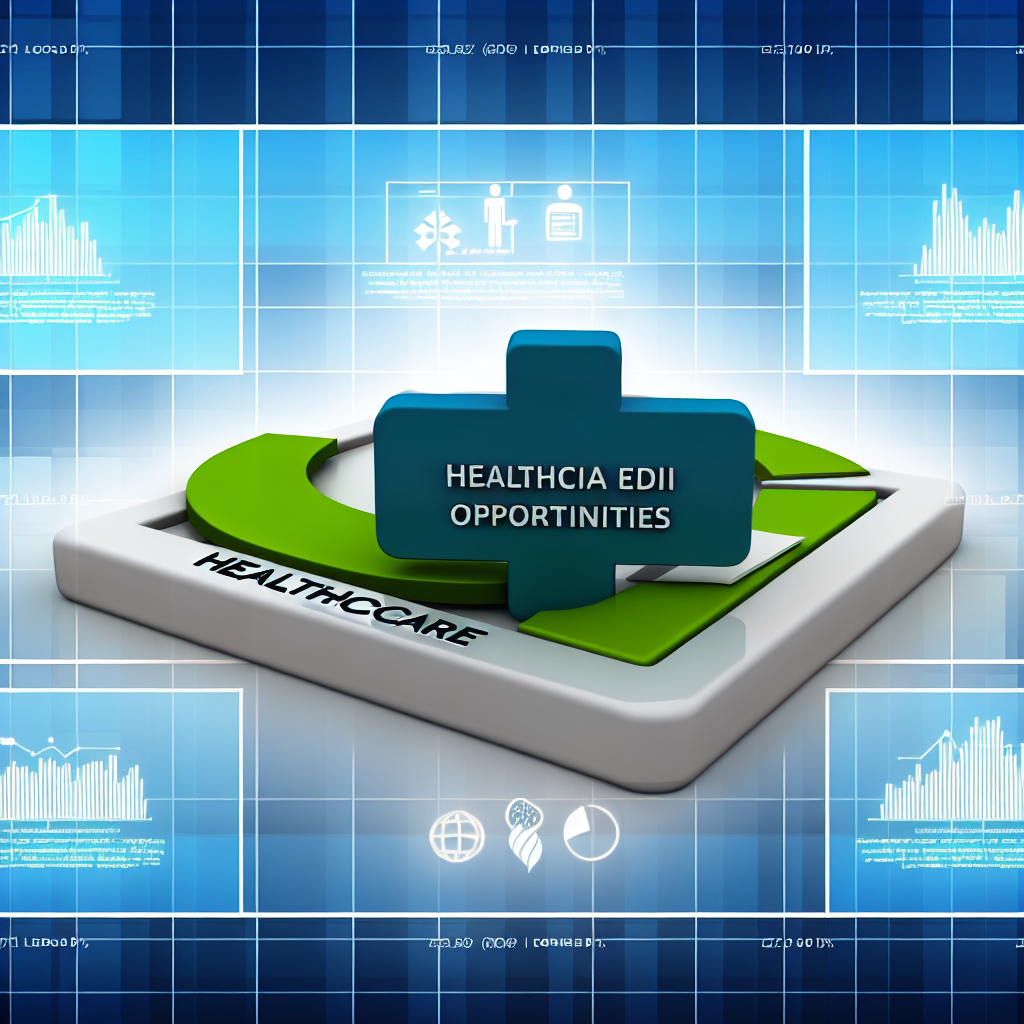Explore the Healthcare EDI Market: trends, size, share, opportunities, and forecasts.
Healthcare EDI Market Size, Share, Opportunities, Trends & Forecast

Table of Contents
Healthcare EDI Market Size, Share, Opportunities, Trends & Forecast

The healthcare industry is increasingly leaning towards digital transformation to streamline operations, reduce costs, and improve patient care. One of the pivotal technologies in this transformation is Electronic Data Interchange (EDI), which facilitates the computer-to-computer exchange of documents in a standard electronic format between business partners. This article explores the current landscape and future prospects of the healthcare EDI market, highlighting its size, share, opportunities, trends, and forecast.
Understanding Healthcare EDI
Healthcare EDI refers to the systematic transmission of data between healthcare institutions, care providers, and patients using a standardized format. This not only includes billing and transactional data but also extends to the exchange of clinical data and health information. The primary aim of healthcare EDI is to ensure that the process of data exchange is efficient, error-free, and secure.
Current Market Overview
The global healthcare EDI market has witnessed significant growth over the past decade. According to a report by Grand View Research, the market size was valued at USD 3.4 billion in 2021 and is expected to expand at a compound annual growth rate (CAGR) of 8.8% from 2022 to 2030. This growth is attributed to several factors including the increasing demand for streamlined healthcare transactions, the rising need for effective data management systems, and the growing emphasis on compliance and security in healthcare data exchange.
Key Drivers of the Healthcare EDI Market
- Regulatory Requirements: Strict regulations regarding healthcare transactions, such as the Health Insurance Portability and Accountability Act (HIPAA) in the U.S., mandate the use of EDI for certain transactions, driving its adoption.
- Cost Reduction: EDI helps in reducing administrative costs by automating data exchange processes and minimizing manual errors.
- Technological Advancements: Innovations in EDI software and services, including integration with Electronic Health Records (EHRs) and cloud-based solutions, are enhancing its efficiency and accessibility.
- Increasing Healthcare Provider Partnerships: Collaborations among hospitals, healthcare providers, and insurance companies are fostering the growth of EDI to ensure seamless data flow across entities.
Market Segmentation
The healthcare EDI market is segmented based on component, type of transaction, mode of delivery, end-user, and geography. Understanding these segments helps in identifying the areas of growth and the key trends shaping the market:
- Component: Includes software and services. Services are expected to grow at a higher CAGR due to the need for continuous support and maintenance.
- Type of Transaction: Claims management is the dominant segment, given the high volume of claim transactions processed daily in healthcare institutions.
- Mode of Delivery: Web-based EDI, mobile EDI, and EDI via VAN (Value Added Network) are popular, with cloud-based solutions seeing the fastest growth due to their scalability and cost-effectiveness.
- End-User: Hospitals, pharmacies, and medical device manufacturers are major end-users, with hospitals holding the largest market share due to their extensive network and large-scale operations.
- Geography: North America currently leads the market due to advanced healthcare infrastructure and stringent regulatory standards, followed by Europe and the Asia-Pacific region.
Regional Insights and Trends
In North America, the U.S. holds a significant share of the healthcare EDI market, driven by regulatory mandates and the presence of major healthcare IT companies. Europe follows closely, with initiatives by the European Union to enhance data protection standards contributing to market growth. The Asia-Pacific region is witnessing rapid growth due to increasing healthcare expenditure and the adoption of healthcare IT solutions in emerging economies like China and India.
Future Outlook and Forecast
The future of the healthcare EDI market looks promising with several trends and innovations poised to shape its trajectory:
- Artificial Intelligence and Machine Learning: These technologies are expected to enhance the capabilities of EDI systems by improving data processing speeds and accuracy.
- Increased Focus on Mobile EDI: With the ubiquity of smartphones, mobile EDI solutions are anticipated to become more prevalent, offering healthcare providers real-time access to data.
- Expansion in Emerging Markets: As healthcare systems in developing countries continue to mature, there will be increased opportunities for the deployment of EDI solutions.
According to industry forecasts, the healthcare EDI market is expected to reach approximately USD 6 billion by 2030. This growth will be supported by continuous technological advancements, increasing global healthcare needs, and the ongoing push for digital health ecosystems.
Conclusion
The healthcare EDI market is set to transform the landscape of healthcare data exchange. With its ability to streamline processes, reduce costs, and enhance data security, EDI plays a crucial role in the modern healthcare industry. As the market continues to evolve, stakeholders in the healthcare sector must stay informed about the latest trends and technological advancements to leverage the opportunities presented by healthcare EDI. The future holds significant potential for growth, driven by innovation and global expansion, making this an exciting time for all players involved in the healthcare EDI space.








